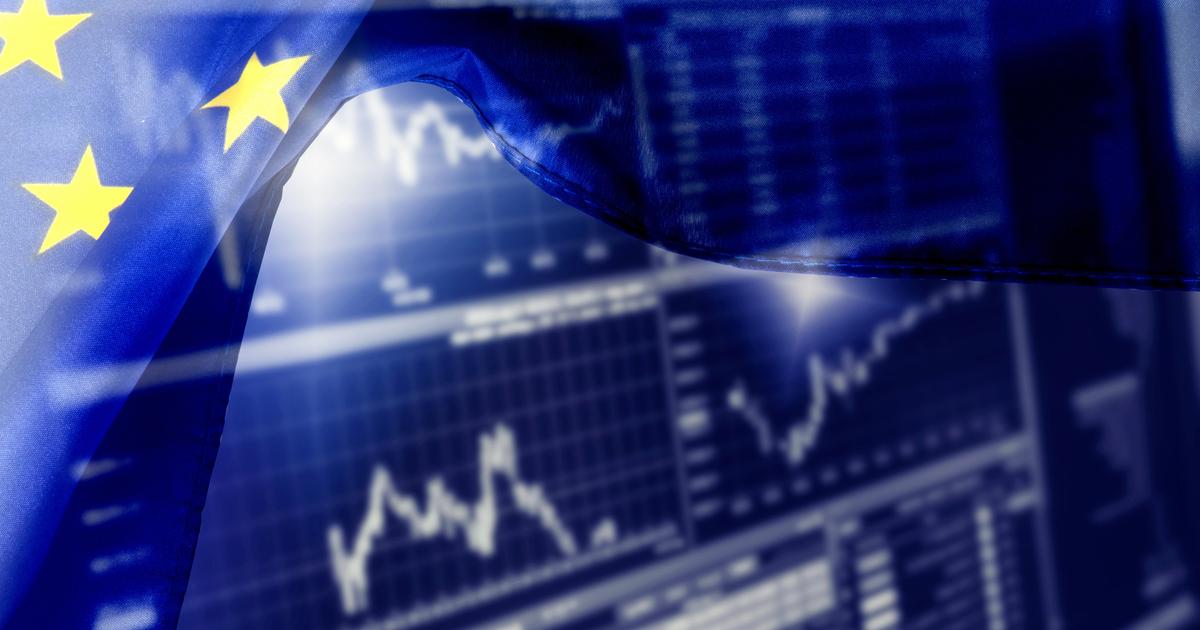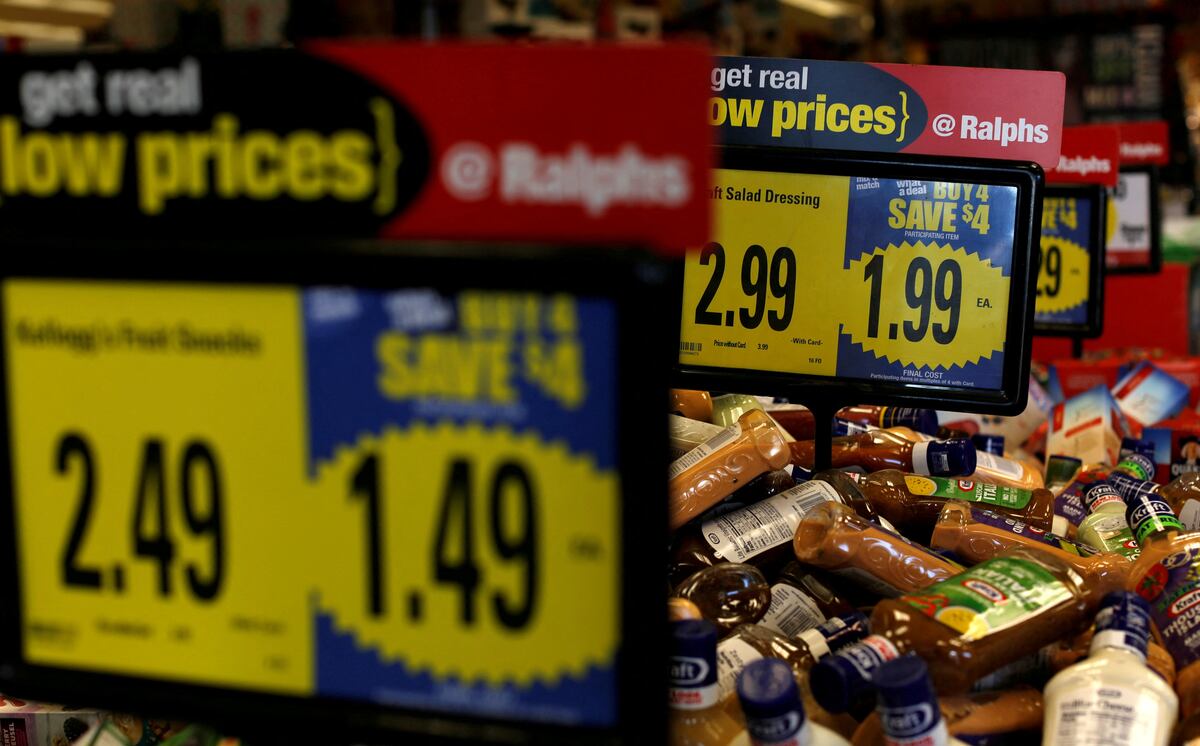Inflation
in the United States
fell more than expected in March, to
5% annually, below
6% in February, a figure that relieves the Joe Biden government since it is the lowest number in two years.
The new index could lead the Federal Reserve to soften
its interest rate policy
, although some experts estimate that it is not yet time to lower rates because core inflation
(accounted for without energy and food
)
remains high
, 5.6% , a slight increase from the previous month.
The Department of Labor announced this Wednesday that prices rose 0.1% in March, after having climbed 0.4% in February and 0.5% in January.
Economists had expected inflation
to hit 5.1%
a year and to have risen by 0.2 percentage points in March, so
the numbers are better than expectations.
Inflation
has been falling since the middle of last year
, when it peaked at 9.1% in August due to the drag of expansionary policies in the pandemic, difficulties in supply chains and the rise in fuel prices due to the war in Ukraine. .
The rise in rates
The drop in prices was a consequence of
the improvements in the international situation,
but above all due to the adjustment program promoted by the Federal Reserve, which
raised interest rates nine times in a row
since last March in the fastest adjustment cycle in almost half a century.
This rise in rates served to contain inflation, but it also had consequences such as the cooling of the economy and a strong impact on the financial system.
which was reflected weeks ago with the bankruptcy of Silicon Valley Bank and Signature Bank, two medium-sized entities, whose performance was affected by the rate hike and which were unable to return the money to their clients.
The authorities then came to the rescue of these banks and the deposits were guaranteed.
But the debate ignited as to whether the Fed
was going too far
with the adjustment without measuring the consequences for the financial system.
Fed officials raised the benchmark rate by a quarter of a percentage point in March, bringing it to a range between
4.75% and 5%.
They then pointed out that stress on the banking system could end the rate hike campaign sooner than previously thought.
The Fed will meet during the first week of May to consider its next interest rate move.
Prices rose 0.1% in March, after having climbed 0.4% in February.
Photo: Patrick T. Fallon / AFP
Over the past few days, Fed officials have been sending out different signals about what the US central bank should do next.
"I think in times of financial stress like this, the correct monetary policy is really
precaution, vigilance and prudence
," Chicago Fed President Austin Goolsbee said Tuesday, echoing many economists who have been calling on the Fed to take a break from raising rates.
However, New York Fed President John Williams said in an interview with Yahoo Finance on Tuesday that the bank
still has more work to do
to lower prices and that
"inflation remains very high."
The goal of an inflation of 2%
In reality, the index remains elevated,
well above the 2.1% average
of the three years prior to the pandemic and the 2% target of the Fed.
There are some signs that are still worrying.
Core prices, which exclude the volatile energy and food categories,
rose 5.6% in March
from a year earlier, accelerating slightly from 5.5% in February.
Core inflation, which economists see as a better predictor of future inflation, has remained stubbornly high, not least because of
housing costs.
"It's not going to move the needle for the Fed," Steve Blitz, chief US economist at TS Lombard, told The Wall Street Journal.
"The inflation problem doesn't solve itself, you need higher unemployment to get there."
The International Monetary Fund said Tuesday in its Global Economic Outlook report that they expect inflation in the United States to drop this year to 4.5% and that in 2024 they will drop to close to 2%, the Federal Reserve's target, and will stand at 2.3%.
washington correspondent
ap
look too
For the IMF, the global economy is "anemic" and will grow just 2.8% this year
"Ah, but Trump!": In the US, government economists also talk about the inheritance received




/cloudfront-eu-central-1.images.arcpublishing.com/prisa/GDO6WKTQ7RFXX2LM5LUOSIODT4.jpg)
/cloudfront-eu-central-1.images.arcpublishing.com/prisa/VOQEHFVTC5OSYTU5YOO5SYQ5DU.jpg)

/cloudfront-eu-central-1.images.arcpublishing.com/prisa/VBVLA4RLPJBHZEVSYQCSXI5CX4.jpg)

